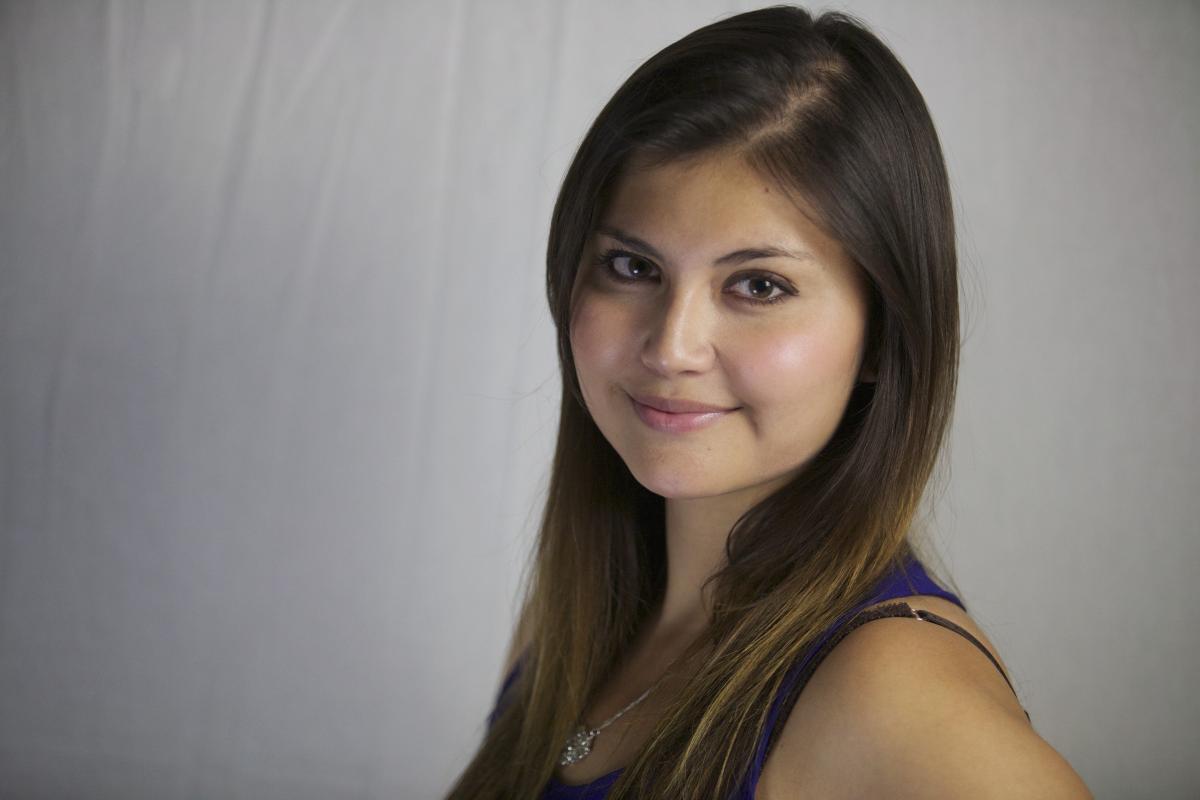The Local newsletter is your free, daily guide to life in Colorado. For locals, by locals.
Journalism school didn’t prepare me for a pseudo war zone. Two-and-a-half years into my career, on Friday, July 20, 2012, I was assigned to cover the world’s biggest story: a mass shooting at the Aurora Century 16 multiplex. The theater was half a mile from my office, six minutes from my house.

My job required me to speak with survivors who went to a movie and witnessed battlefield bloodshed in real life. All I did—all I could do—was ask questions, listen, and write.
I left my house that morning as a journalist; I returned as something else. My recorder had been my shield. It distanced me from the victims. But in the days, weeks, and months that followed, without that trivial piece of technology, I, too, became a victim. This was the place where I worked. These were my friends and neighbors. A year later, these are my memories.
A girl in her early 20s with cropped hair showed me traces of a man’s blood on her arm. He’d been shot in the back, she said. She tried to resuscitate him. She felt guilty that she hadn’t tried harder. But when the gunman started heading toward her, she panicked. She dove into the crowd as bullets struck bodies around her.
A car careened into the parking lot of Gateway High School where journalists were stationed seven hours after the shooting, and a frantic man emerged. His words escaped in a frenzied tumble as the now ever-present cameras click-click-clicked around him. “It was his birthday. It was his birthday,” he yelled. He held up a piece of paper, a photo creased into quarters. A young man’s smiling face filled the page. Alex Sullivan had gone to a midnight movie and then went missing. The desperate father begged us to call him if we had any information, refusing to give up hope. Hours later, he would discover what we all suspected to be true—his son was dead.
At an impromptu prayer vigil later that Friday night, my favorite barista spotted me in the crowd and held me in a tight, unexpected embrace. “I was there,” he said. He and his friend told me how they tried to help the bruised, bleeding, and broken. At one point during the chaos, the pair stood in the middle of the parking lot and scanned the carnage. They saw a policeman carrying a child, limp and lifeless, in his arms.
Over the next few days, my mind conjured up a deluge of horrific images from inside theater nine, even though I’d never been inside: I imagined blood, so much blood; candy and popcorn strewn haphazardly across the auditorium, sweet victims of the upheaval, lying amid the bullet casings. My psychologist (whom I started seeing recently, in part because of the tragedy) calls it vicarious traumatization. I call it a phantom flesh wound.
That wound reopened five months after 7/20 when I saw coverage of the Newtown shooting. And again four months after that, when my 19-year-old sister was standing at a train station less than half a mile from the Boston Marathon bombings. I braced her for what would come next: the swarms of reporters and cameras, the vigils, the makeshift memorials—and the stories of bravery, selflessness, and resilience.
I’ll never forget July 20. But during the past year, including covering the subsequent criminal trials, I’ve learned there’s a common thread in wars against humanity that are waged in movie theaters, in schools, and on city streets: Humanity always wins. It won that night in the darkened theater when strangers helped strangers and heroes took bullets for those they loved—and some they hardly knew. I saw humanity firsthand in the days following the tragedy—in the teddy bears, flowers, and notes that filled the swath of grassland across from the theater; in the condolence messages sent to Aurora City Council members from every continent; on billboards and storefront signs. It manifested in the thousands of mourners who packed the lawn of City Hall two days after the massacre to show support for people they had never met. As they let go of dozens of pink and purple balloons, in honor of the youngest shooting victim, I saw the good.
A year later, I think back to those balloons floating into the summer sky. For me, they were symbols that kindness, compassion, and love will always triumph. They were reminders that after every tragedy, life propels us forward. That’s the image I want to remember.
Read other stories on the Aurora theater shooting here.
Sara Castellanos is a staff reporter for the Aurora Sentinel and Aurora Magazine. She graduated with a bachelor’s degree in journalism from the University of Denver in 2009. Follow her on Twitter at @CristinCastell.








